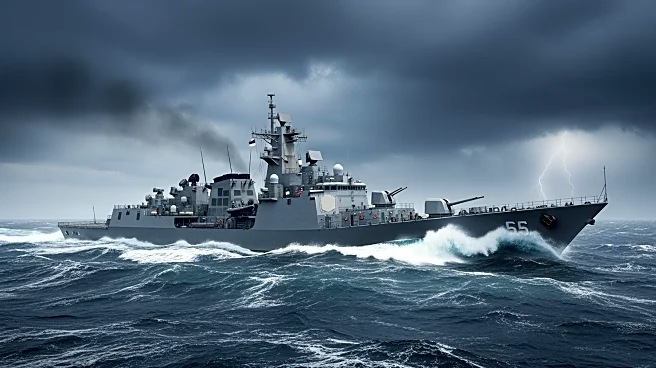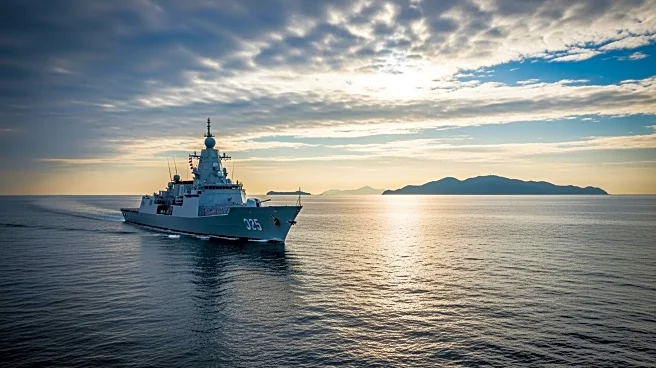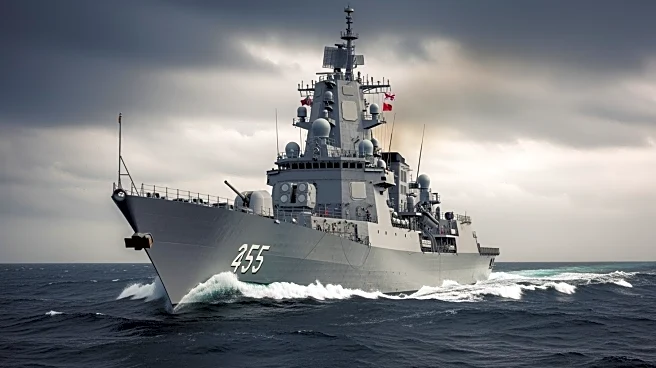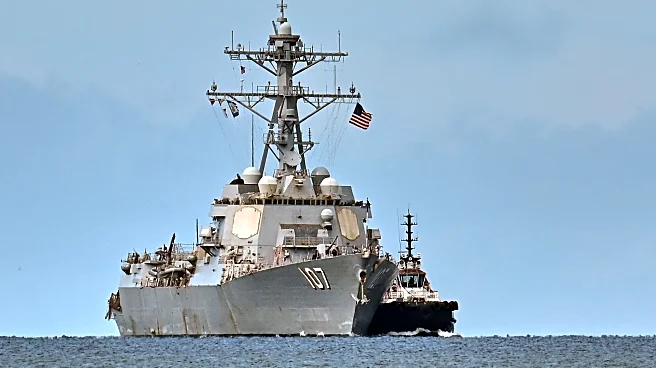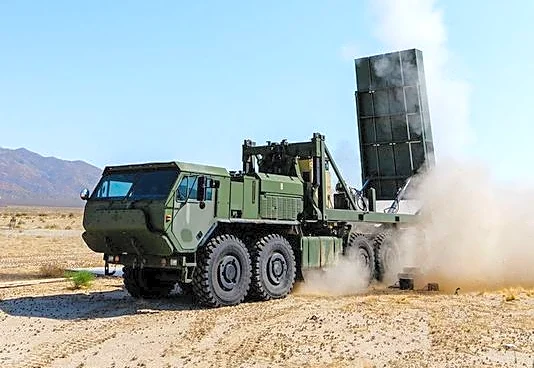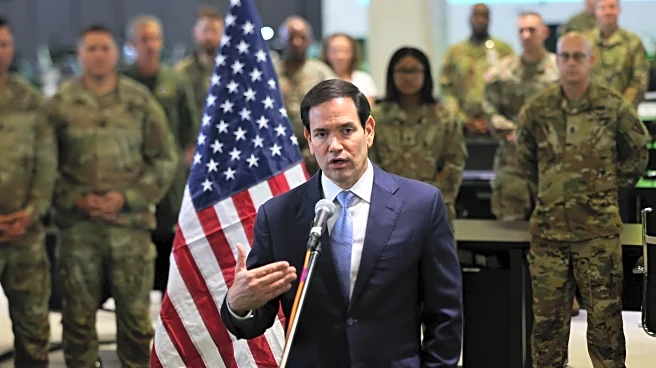What's Happening?
The USS Gravely, a U.S. Navy destroyer, has arrived in Trinidad and Tobago, close to Venezuela's coast, as part of joint exercises with local defense forces. This deployment is part of a larger U.S. military
buildup in the Caribbean, which includes the aircraft carrier USS Gerald R. Ford and its strike group. Venezuelan officials have denounced the presence of U.S. forces as a threat to regional stability, accusing the U.S. of staging a military provocation. The Trump administration claims the deployment targets illicit trafficking and regional security threats, but Caracas views it as preparation for military intervention.
Why It's Important?
The U.S. military presence near Venezuela is significant due to the country's vast oil reserves and its alliances with Russia, China, and Iran. The situation could lead to a broader geopolitical struggle, with potential implications for global energy markets and international relations. The deployment also highlights escalating tensions between the U.S. and Venezuela, with the risk of accidental clashes at sea or in nearby airspace. The standoff may test regional alliances and draw attention from global powers.
What's Next?
Venezuela's diplomatic protest has increased scrutiny as the U.S. military buildup continues. The situation remains tense, with both sides signaling readiness to escalate if their strategic objectives are challenged. The presence of U.S. forces could lead to further diplomatic or military actions, potentially affecting regional stability.
Beyond the Headlines
The deployment raises ethical and legal questions about the use of military force to combat drug trafficking. Critics argue that the use of warships and missiles may be excessive and costly, with potential consequences for regional security. The situation also reflects historical tensions between the U.S. and Latin American countries, influencing current geopolitical dynamics.


